Are you bothered by the question, “Is Fakespot accurate?”. The short answer to the question is, the accuracy level is not clear. Now, if you are tired of purchasing low-quality products on Amazon because of fake reviews, you must be looking for a way out. Fortunately, tools like Fakespot can detect bad actors and identify product listings full of fake reviews. Before we get any further, let’s get back to the question about Fakespot’s effectiveness.
KEY TAKEAWAYS:
- Fakespot detects bad actors and fake reviews on e-commerce sites like Amazon, eBay, and Best Buy.
- Fakespot is a tool with a letter-grading system that analyzes the reliability of the reviews about a product on e-commerce sites.
- Fakespot identifies mismatched dates, grammatical and spelling errors, among other metrics, to determine the legitimacy of the reviews about a product.
Is Fakespot Accurate?
There are certain objections to the accuracy of the Fakespot tool. However, some of the important things to note about this tool include the following:
- The whole purpose of the Fakespot algorithm is to determine patterns in reviews that indicate suspicious activity. The tool does not guarantee whether the reviews about a product are real; it only provides estimates. Also, it cannot help with other ratings such as the IMDb fake reviews.
- There are instances where a product receives an ‘F’ negative review rating (Fail), but the product is genuine.
- Many Amazon reviews are from real sellers who guarantee the legitimacy of the few reviews. However, Fakespot still rates them as fake reviewers.
- Use Fakespot as a general tool that helps you to identify reliable customer reviews. However, it does not provide you with information about the quality of the product.
- Take the A-F ratings with a pinch of salt because it is not public how they use the data they collect from the online retail stores.
- Fakespot analyzes online reviews on Walmart, eBay, Google, Sephora, Amazon, and Best Buy.
Insider Tip
The whole purpose of the Fakespot algorithm is to determine patterns in reviews that indicate suspicious activity.
The Problem with how Fakespot Works
The tool works by analyzing the reviewers and reviews, searching for suspicious grammatical and spelling mistakes. In addition, it checks the number of reviews, mismatched dates, purchasing patterns, and other signs of illegal activity. For example, if someone decides to leave a review with repeats of the words “amazing” and “great,” there are higher chances that the review Is “unreliable.”
Once the analysis process is complete, Fakespot will provide a letter grade representing the total number of reviews and their reliability. The effect of this structure is that if a product gets an “F” rating because, let’s say, 60% of the reviews were marked unreliable, it is easy to detach your interest in the product. With this Problem in mind, there is a dilution of the tool’s purpose. The bottom line is that the letter-grading system appears to represent the quality of products, while its purpose is to represent the quality of the reviews. Now you may be wondering if writing fake reviews is illegal after all.
Insider Tip
Many Amazon reviews are from real sellers who guarantee the legitimacy of the few reviews. However, Fakespot still rates them as fake reviewers.
F.A.Q.S
What is an unreliable review?
Generally, there are three types of unreliable reviews. The first type of reviews is bot review. This type of review spikes during mega shopping events such as Black Friday. You can use easy third-party algorithms to find and remove weirdly written sentences. The second type of unreliable review is promotional reviews which pay reviewers to write. This type of review is common around phone accessories, smaller appliances, and electronics. However, every product receives reviews from promoters due to online shopping.
What is Fakespot’s grading system?
Fakespot’s letter grading system begins with ‘A’ and ends with ‘F.’ ‘A’ and ‘B’ are reliable reviews. At the same time, C is a mix of trustworthy and fake reviews. ‘D’ and ‘F’ are for unreliable reviews.
How can you spot a fake Amazon review?
Read the reviews and look for verified purchases. For example, if a reviewer bought the product, they will have a “verified purchase” badge.
STAT: In a survey, 78% of people who buy through Amazon said that reading product reviews are an integral step during the purchasing process. (source)
REFERENCES:
- https://en.wikipedia.org/wiki/Automated_code_review
- https://en.wikipedia.org/wiki/Data_analysis
- https://arxiv.org/abs/2007.04526r
- https://www.researchgate.net/publication/344578447_Identifying_unreliable_online_hospitality_reviews_with_biased_user-given_ratings_A_deep_learning_forecasting_approach
- https://www.bu.edu/articles/2013/yelp-reviews-can-you-trust-them/

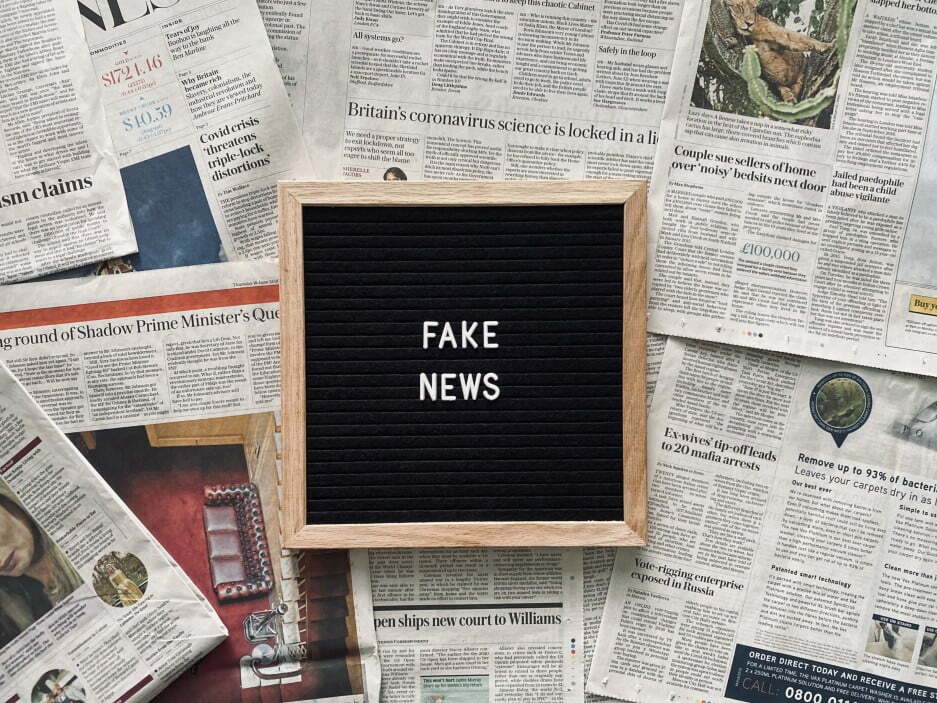








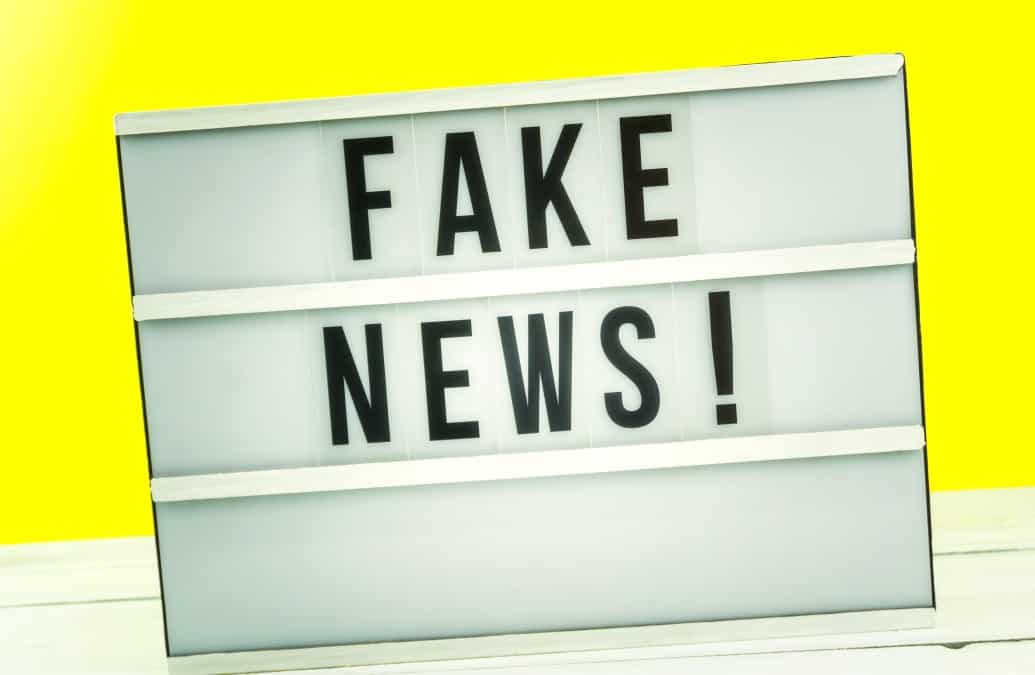

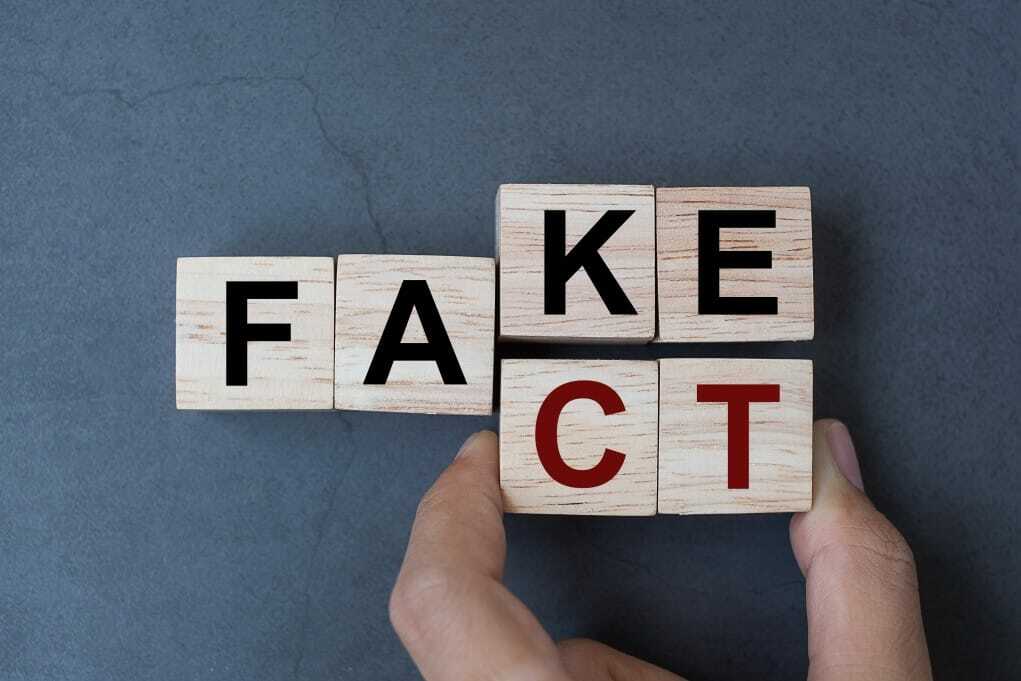
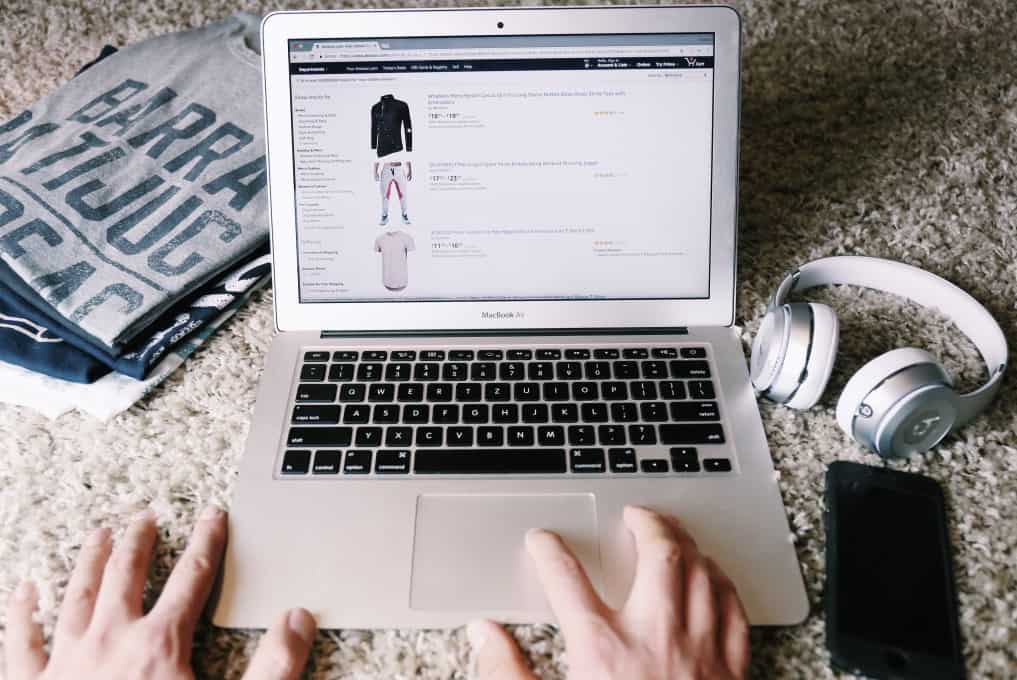
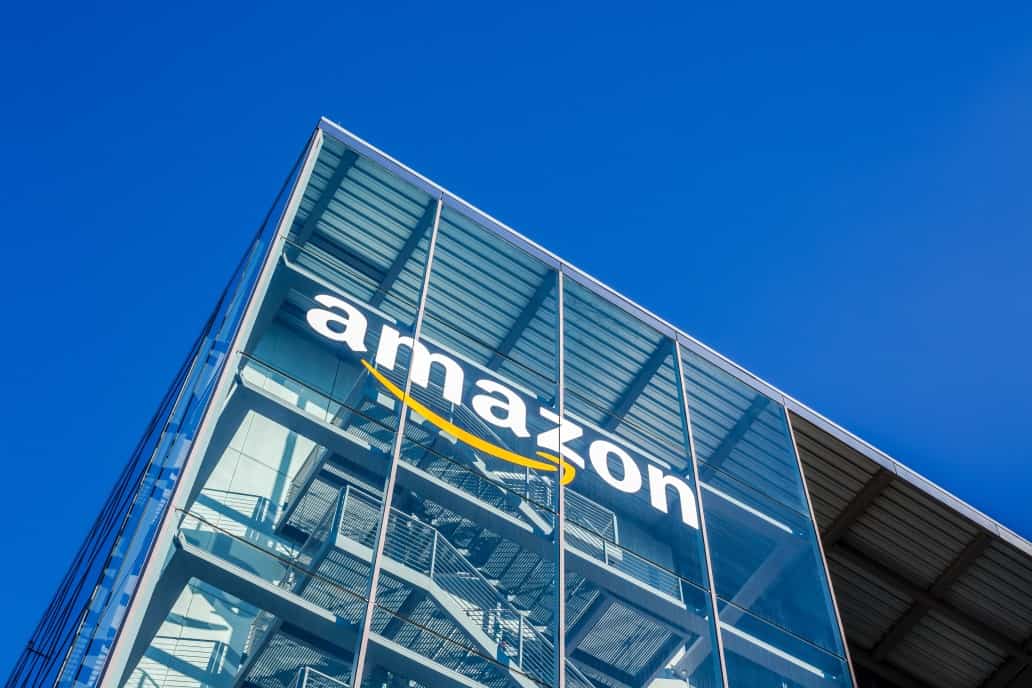
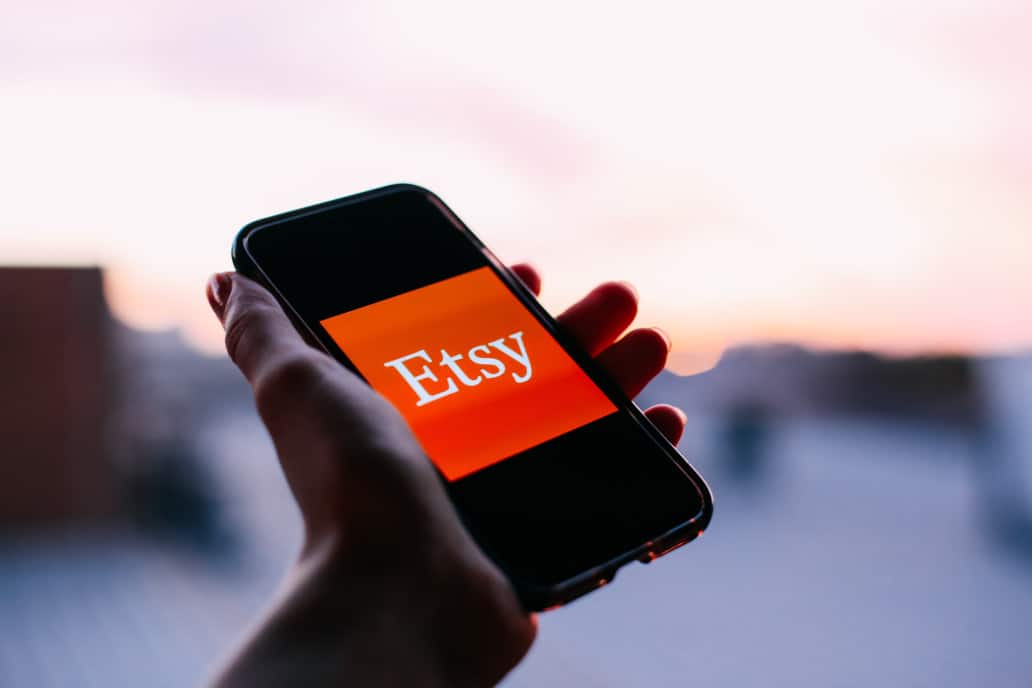

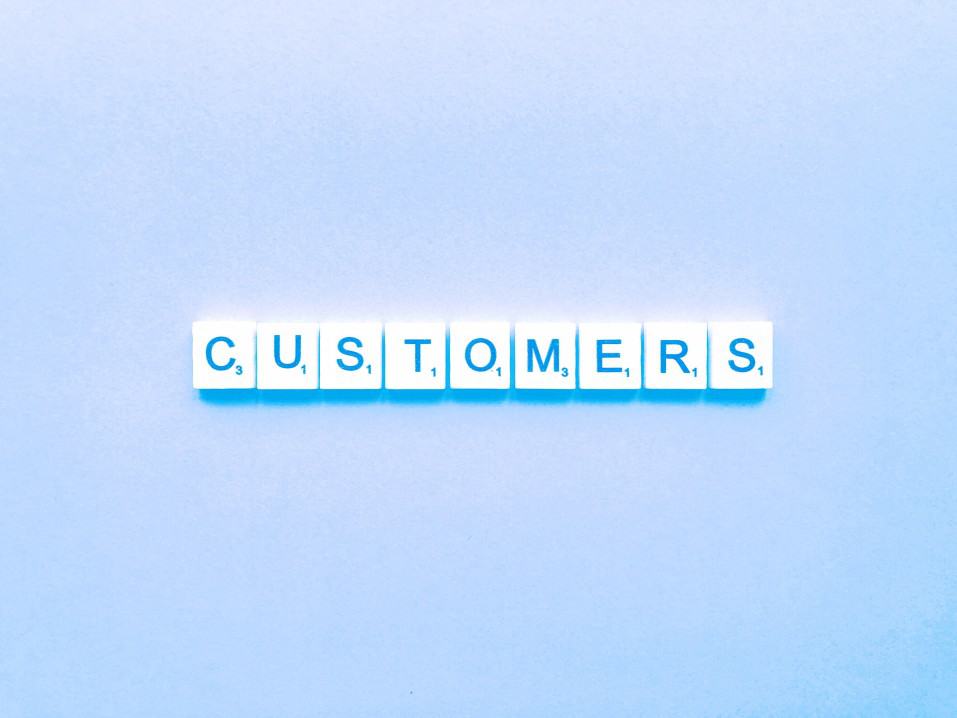



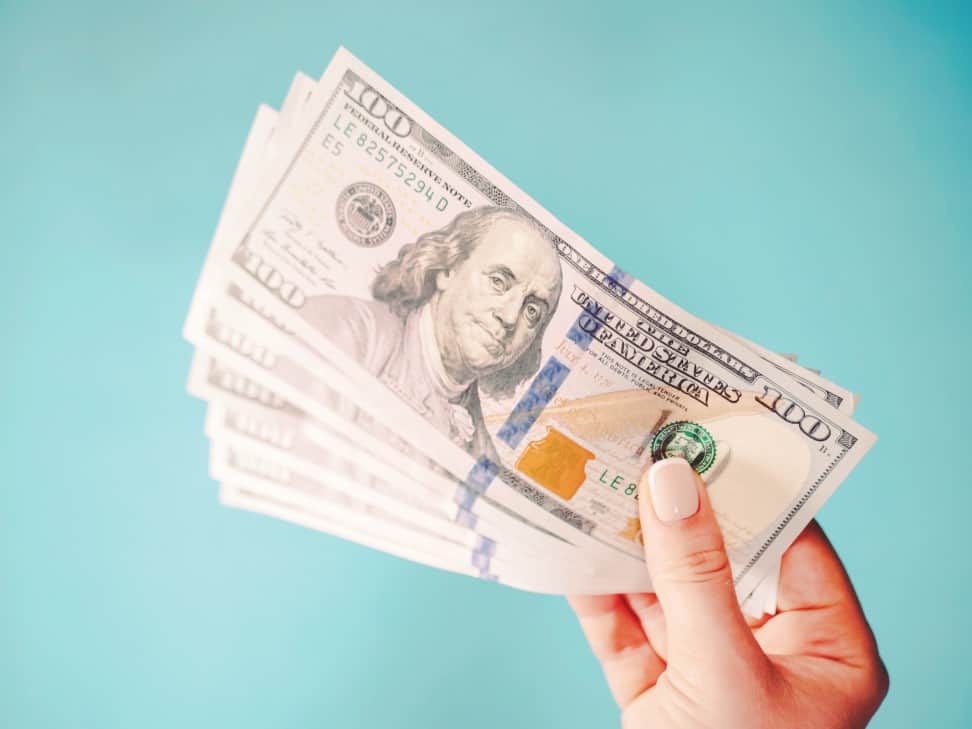
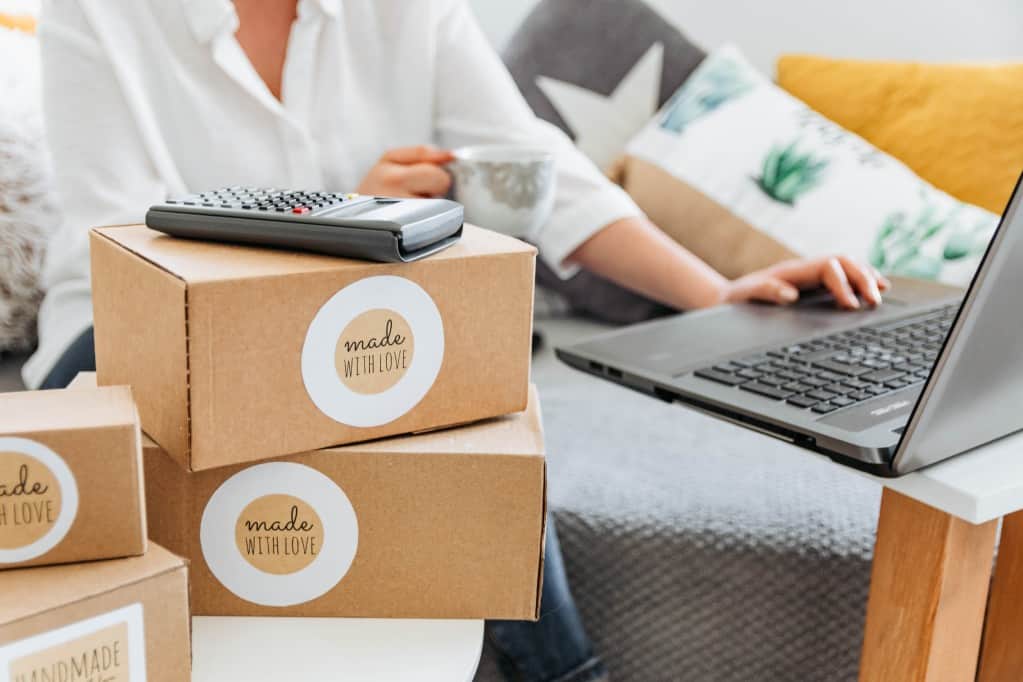
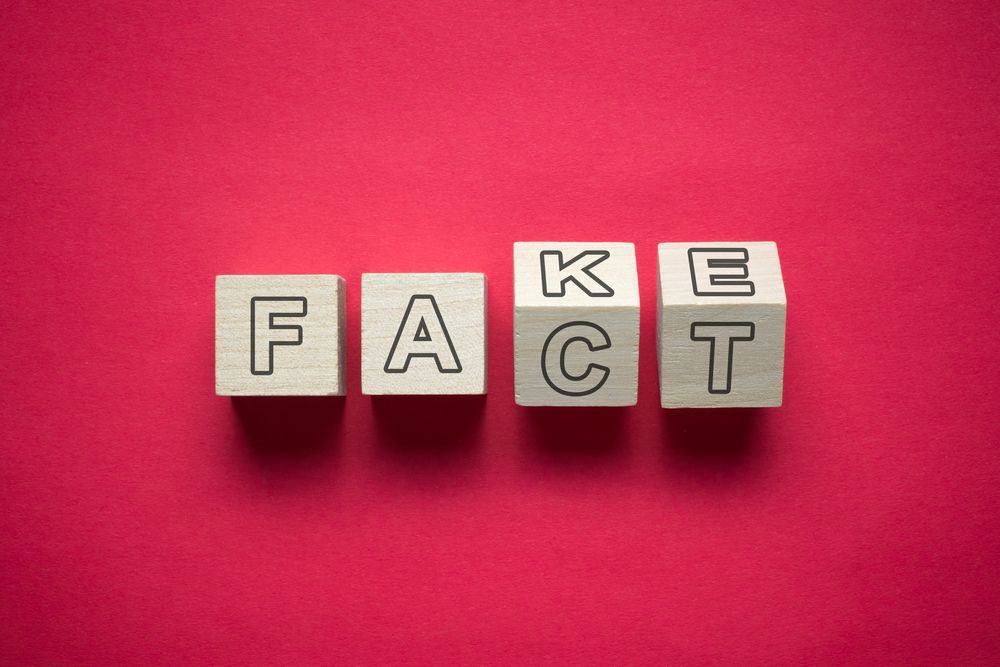
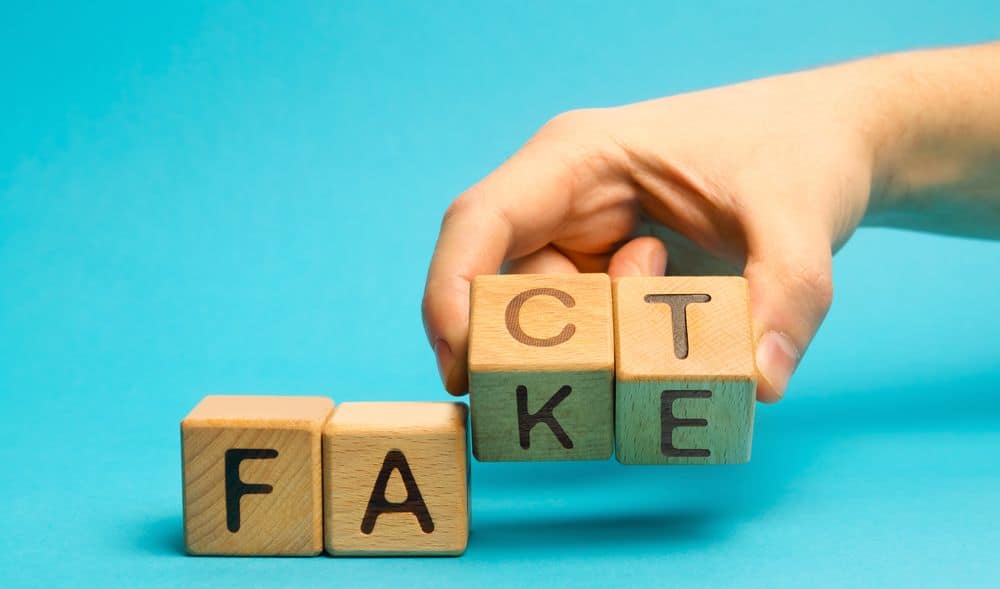
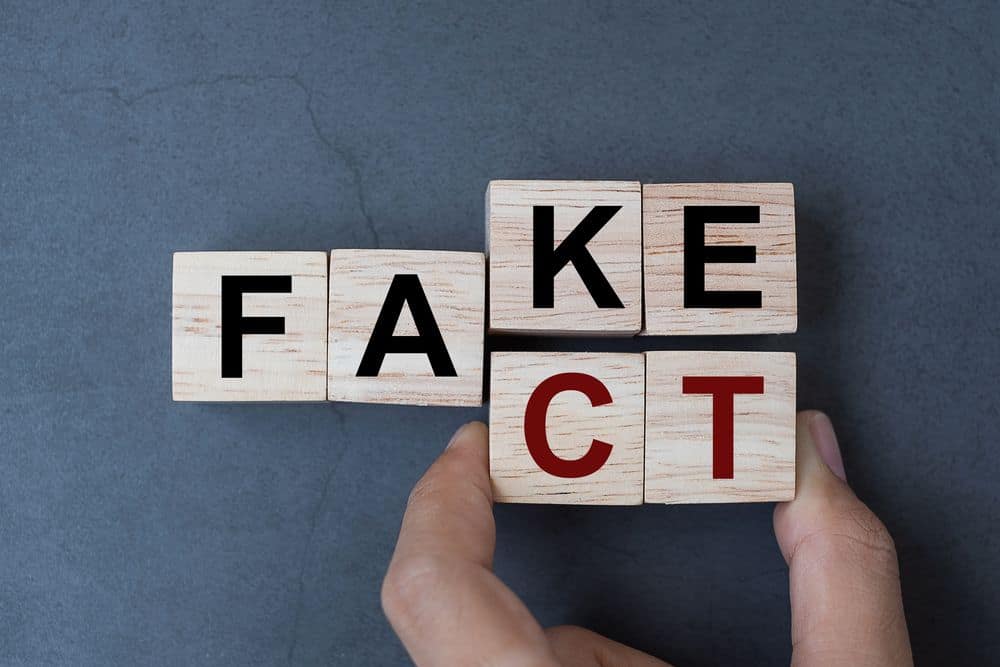

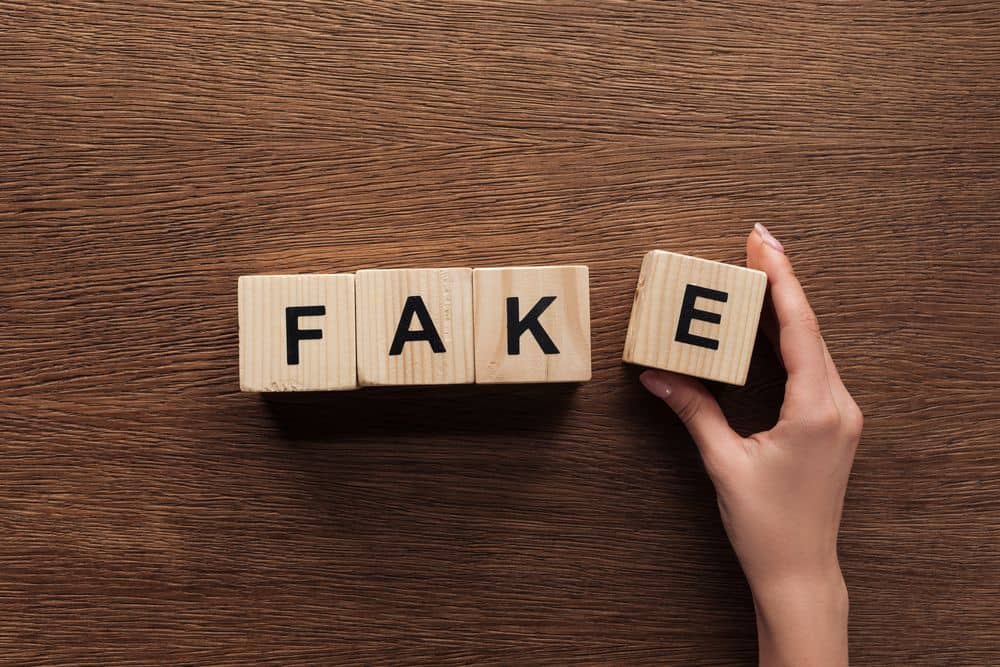


![Best Amazon Review Checkers in [year] 22 Best Amazon Review Checkers in 2025](https://www.gadgetreview.dev/wp-content/uploads/best-amazon-review-checker-image.jpg)
![Best Renters Insurances in [year] 23 Best Renters Insurances in 2025](https://www.gadgetreview.dev/wp-content/uploads/best-renters-insurance-image.jpg)